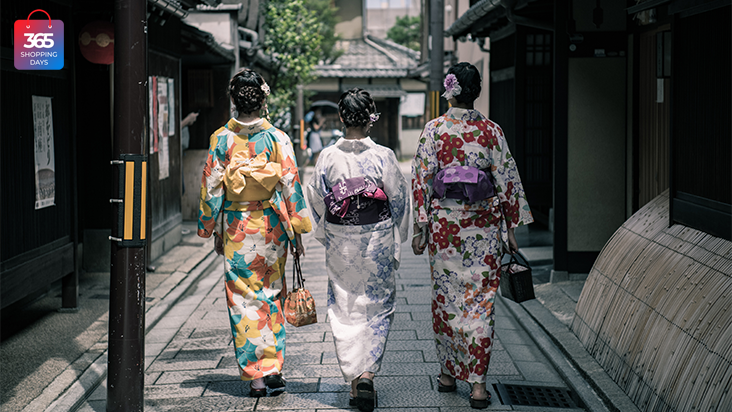Fashion is more than just clothing; it’s a powerful form of self-expression that reflects a person’s identity, culture, and history. Traditional clothing, in particular, carries the rich tapestry of a culture’s heritage, telling stories of generations past and celebrating the unique nuances of different communities. In this article, we embark on a journey to explore the world of cultural fashion, delving into the significance and beauty of traditional clothing from diverse corners of the globe.
A Tapestry of Diversity: The Beauty of Traditional Attire
Traditional clothing is a living testament to a culture’s values, beliefs, and way of life. From the intricate patterns of fabric to the symbolism behind colors and motifs, every element has a deeper meaning that resonates with the community it represents. These garments encapsulate the essence of a people’s history, social structure, and artistic creativity.
The Kimono of Japan: Elegance and Harmony
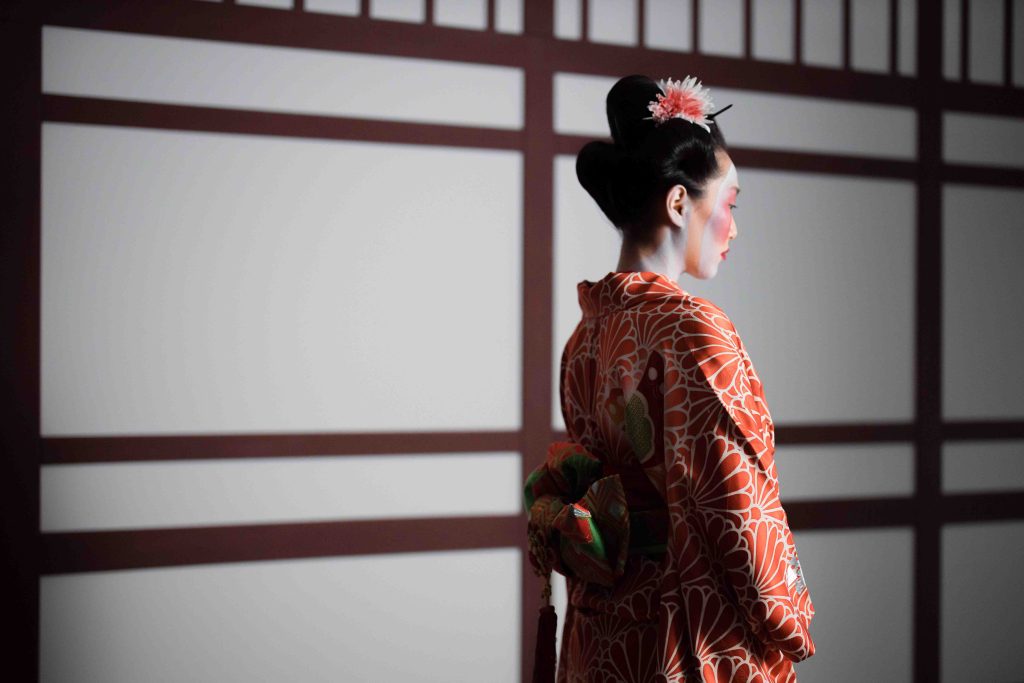
The Japanese kimono is an iconic symbol of grace and elegance. With its flowing lines, vibrant colors, and intricate designs, the kimono captures Japan’s deep appreciation for nature and balance. Each style of kimono holds its own significance, from the formal furisode worn by young women to the yukata worn during summer festivals. This traditional clothing piece not only pays homage to Japan’s past but also continues to be embraced in modern culture.
The Sari of India: Draping Stories of Tradition
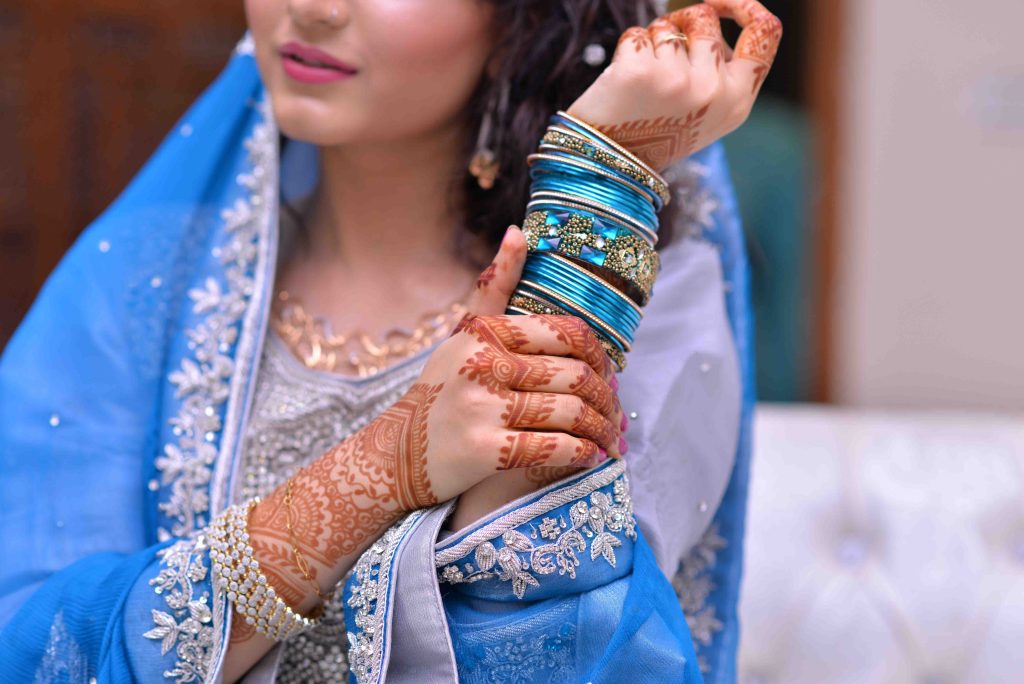
In India, the sari is a quintessential garment that embodies the country’s cultural diversity. Worn in myriad styles and materials across the nation’s various regions, the sari is an epitome of grace and versatility. The way a sari is draped can indicate a person’s social, regional, and even marital status. From vibrant silk sarees to more understated cotton drapes, each sari tells a unique story of heritage and individuality.
The Dashiki of Africa: Vibrant Expressions of Identity
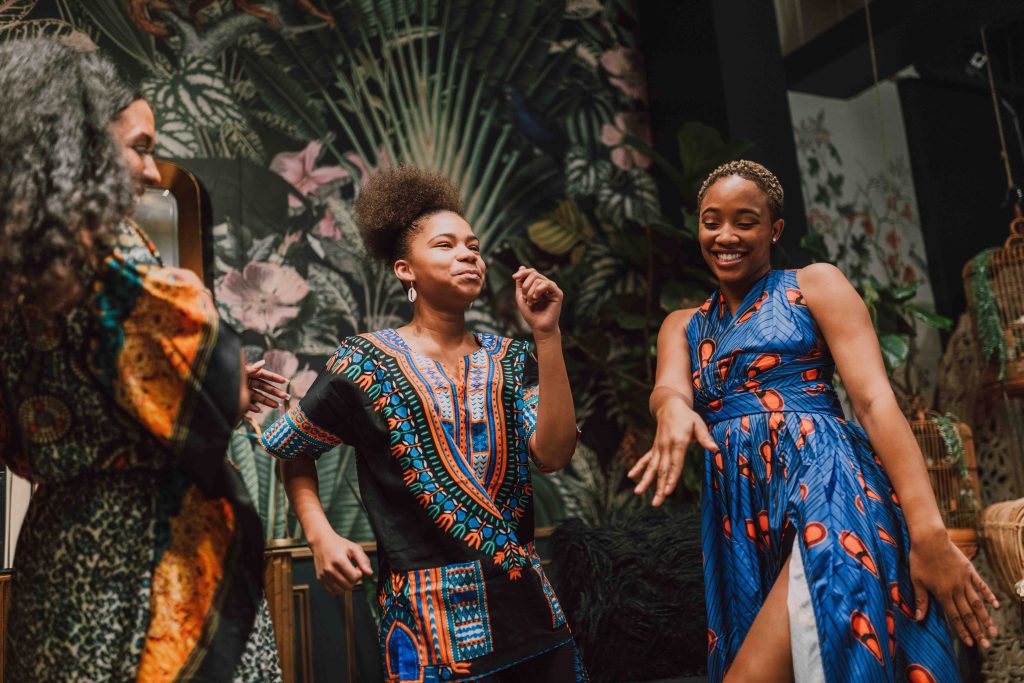
African fashion is a mosaic of colors, patterns, and prints, with the dashiki standing out as a symbol of African pride and heritage. Originating from West Africa, this loose-fitting tunic is adorned with intricate designs that carry deep meanings. The dashiki has transcended regional boundaries and is now embraced globally as a statement of African identity and culture.
The Hanbok of Korea: Timeless Elegance and Tradition
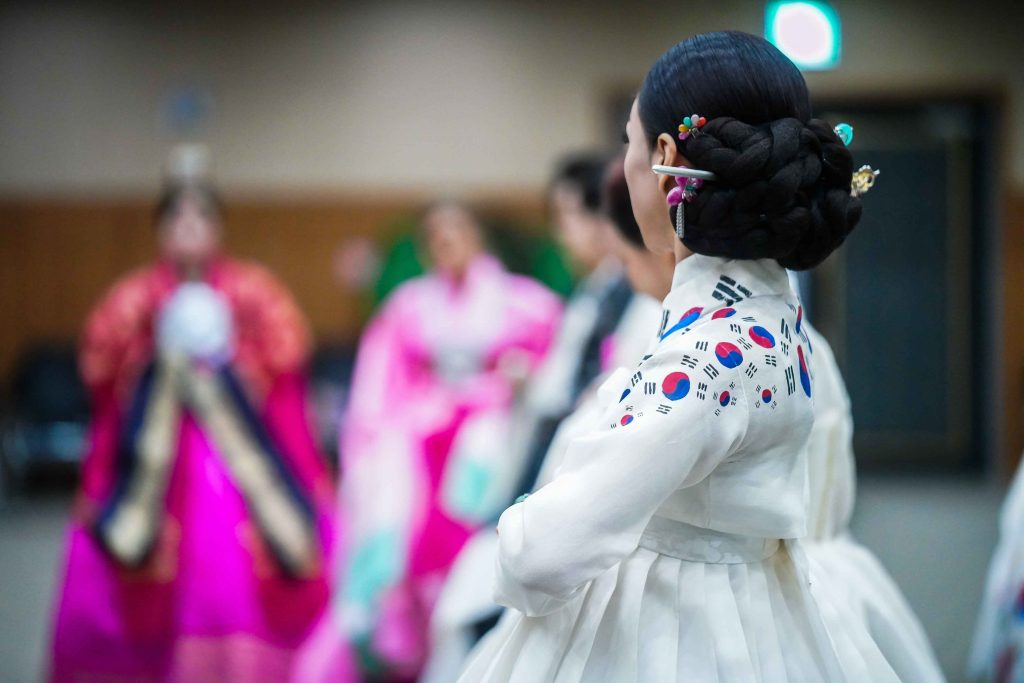
Korea’s hanbok is a representation of timeless elegance, often characterized by vibrant colors and graceful lines. The hanbok’s design has remained relatively unchanged for centuries, symbolizing the nation’s strong connection to tradition. Modern adaptations continue to blend contemporary aesthetics with the hanbok’s distinct charm, making it a beloved choice for special occasions and celebrations.
Fostering Understanding Through Fashion
Cultural fashion has the remarkable ability to bridge cultural divides and foster understanding. When we embrace and appreciate the significance of traditional clothing, we gain insight into the stories and values that shape communities around the world. By wearing and celebrating cultural attire, we honor the diversity of our global society and recognize the shared humanity that unites us.
In Conclusion
Traditional clothing is a testament to the past, a celebration of the present, and a link to the future. As we explore the world of cultural fashion, we find a treasure trove of stories, artistry, and connections waiting to be discovered. By embracing and learning about traditional clothing, we contribute to the preservation of cultural heritage and the promotion of a more inclusive and interconnected world.

